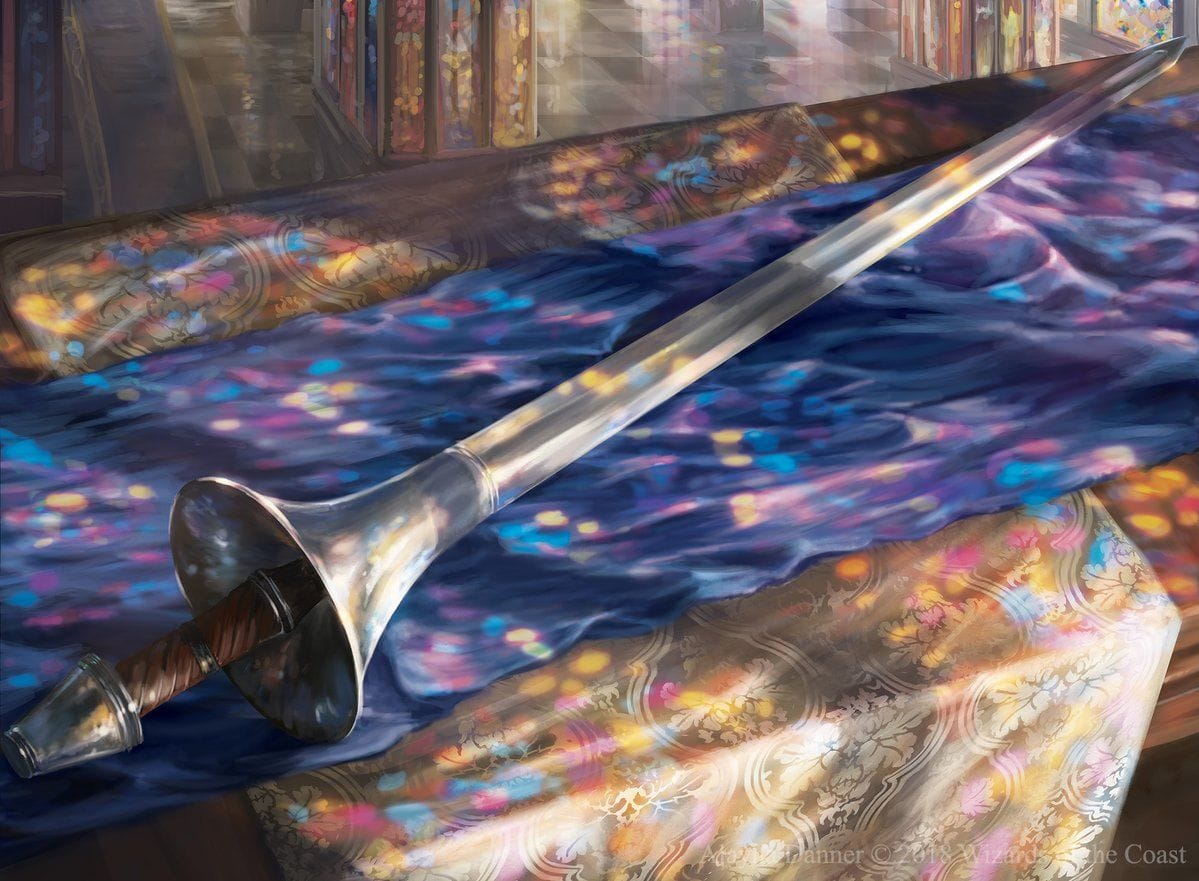In the heart of medieval spectacle, the joust reigned supreme, a chivalric clash of courage and skill. While the lance stands as the iconic weapon of this sport, a jouster’s arsenal extended far beyond that singular instrument. To truly understand the knightly world of the joust, we must delve into the design, purpose, and evolution of the weapons and armor that equipped these mounted warriors.
Shields, Swords, and Maces: A Jouster’s Supporting Arsenal
The image of a joust often conjures knights wielding lances, yet this is only one facet of their arsenal. Jousting was not always a single pass, and a well-prepared knight needed to be ready for any contingency.
Shields: Guardians of the Joust
Jousting shields were not merely decorative emblems; they were meticulously engineered defensive tools, significantly larger and heavier than their battlefield counterparts. Their defining characteristic was a pronounced outward curve, a design element crucial for deflecting the direct force of an oncoming lance. Furthermore, a specialized notch, known as the “bouche,” was incorporated at the top of the shield. This indentation allowed the jouster to securely brace the lance, maximizing stability and aim during the charge. The shield’s material composition was equally important. Constructed from layers of wood, leather, and metal, a jousting shield was carefully balanced to absorb impact while remaining maneuverable.
Swords and Maces: Instruments of Close Combat
Should a lance shatter, or a joust escalate into a melee, knights relied on secondary weapons: the sword and the mace. The arming sword, a versatile weapon wielded with one hand, was commonly employed in these situations. Maces, on the other hand, provided a blunt force advantage against heavily armored opponents, their weight and design ideal for delivering concussive blows.
Armor: A Knight’s Second Skin
Jousting’s inherent danger necessitated robust protection, and a knight’s armor was far more than mere decoration. Helmets, often featuring visors for facial protection, were essential. Breastplates, meticulously crafted from steel, safeguarded vital organs. Gauntlets protected hands and forearms, while leg armor ensured mobility in the saddle. This comprehensive armor system was a testament to medieval craftsmanship, balancing the essential need for defense with the freedom of movement required for skilled horsemanship and combat.
The Tilting Lance: Evolution of an Iconic Weapon
No weapon is more synonymous with the joust than the tilting lance. This specialized spear, typically crafted from ash wood for its strength and flexibility, underwent significant evolution throughout the medieval period.
Early lances were often solid lengths of wood, but as armor improved, lighter and more maneuverable designs emerged. The lance’s tip, often detachable for replacement, also underwent transformations. The introduction of the coronal, a blunted crown-like tip, marked a shift towards safety in tournament jousting. This innovation reduced the risk of fatal injuries, transforming the sport from a potentially deadly affair to a test of skill and horsemanship.
The lance was not simply held; it was “couched” – tucked under the right arm, braced against the rider’s body, and aimed towards the opponent. This technique, requiring considerable strength and precision, allowed the rider to transfer their momentum through the lance upon impact.
Mastering the Joust: Beyond Weaponry
To excel in the jousting lists demanded more than mere weaponry. Knights trained rigorously, honing their horsemanship, accuracy, and tactical acumen. They sought out master armorers and weapon smiths, commissioning equipment tailored to their individual fighting style and physique.
The evolution of jousting weapons reflects broader historical trends: advances in metallurgy and craftsmanship, shifting societal attitudes towards violence and spectacle, and the increasing regulation of tournaments to prioritize skill over lethal force.
While the joust may be a relic of the past, its legacy endures. The weapons and armor of these medieval knights continue to captivate, offering a glimpse into a world where chivalry, skill, and a touch of brutal pageantry collided on the tournament field.
- Unlock Elemental 2 Secrets: Actionable Insights Now - April 2, 2025
- Lot’s Wife’s Name: Unveiling the Mystery of Sodom’s Fall - April 2, 2025
- Photocell Sensors: A Complete Guide for Selection and Implementation - April 2, 2025
















